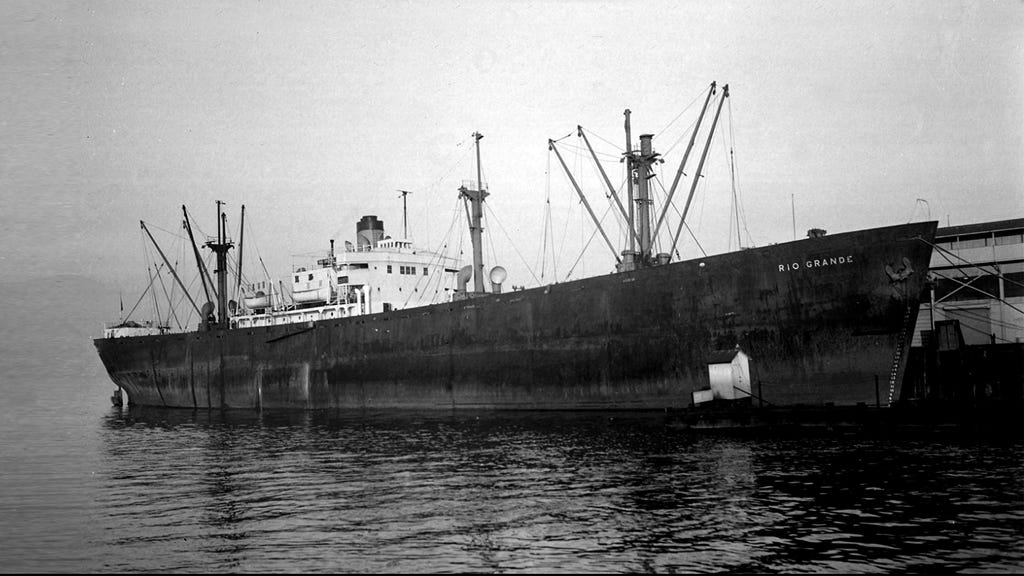


In 2365, Dukat took the unusual step of appointing a non-Cardassian as the chief of security aboard Terok Nor. ( DS9: " A Man Alone", " Ties of Blood and Water") ( DS9: " Civil Defense") Like the planet it orbited, the station operated on a twenty-six hour day. In one of his recorded messages for the counter-insurgency program installed on the station, Dukat described Terok Nor as being "a paradise" compared to Bajor. The station also served as a command post from which the Cardassian Prefect of Bajor, most notably Gul Dukat, oversaw the military aspects of the Occupation. ( DS9: " Sanctuary", " Civil Defense", " Things Past")Ī briefing on the construction history of Deep Space 9 in Star Trek: The Magazine Volume 1, Issue 15, pp. 31-31, suggests it was built over the course of 2.7 years starting in 2351, from the core out, primarily of materials found in the Bajoran system along with some metals mined from the asteroids in the Cardassian system. ( DS9: " Babel", " Wrongs Darker Than Death or Night", " Civil Defense") Therefore, Terok Nor had extensive ore refining and transport facilities that occupied the large docking pylon structures and was built to accommodate up to seven thousand humanoid-sized people as well as process up to twenty thousand tons of ore a day. ( DS9: " Cardassians", " A Time to Stand", " Wrongs Darker Than Death or Night") Constructed between 23, its original purpose was to serve as a refinery for uridium ore that was mined from Bajor's surface, a process carried out in temperatures as high as 55 ° Celsius.
Uss rio grande manual#
( DS9 reference: Technical Manual DS9 episode: " Past Prologue", et al.Terok Nor was the station's original Cardassian designation. Up to four standard photon or quantum torpedoes could also be fired from the optional multi-role module. Additionally, extendable microtorpedo launcher modules could be fitted under the cockpit to fire microtorpedoes. The Danube-class' standard armaments consisted of six phaser strips. The USS Rio Grande firing forward phasers. The class's cockpit also functioned as an independent module which could be detached in the case of emergencies and continue in space flight or make an emergency planetary landing. The exterior of the vessel could also be altered to best fit a mission with strap-on equipment pods including specialized communications equipment, sensors or weapons. ( ST reference: Starship Spotter DS9 reference: Technical Manual) The central section could be configured with either one larger mono-load section, or combinations of half-load modules and up to four quarter-load modules. These exchangeable components consisted of the aft-most living compartment or cargo section and the central multi-mission module pack. To achieve this versatility the Danube-class featured a modular design with the aft section being swappable for mission specific modules, such as a more spacious passenger module to accommodate a larger crew or passengers or modules containing specialized scientific equipment. The Danube-class was designed as a multi-use vessel with potential missions including scientific research, personnel and supply transfer, a base of operations for missions from orbit or landed and as a support craft for larger vessels on other missions. When Kira Nerys took command, she started to name runabouts after rivers on Bajor. ( ST reference: Starship Spotter DS9 reference: Technical Manual)ĭanube-class runabouts assigned to Deep Space 9 were named after rivers on Earth by Benjamin Sisko. By the late 2370s the Advanced Starship Design Bureau was developing successors for the class while Starfleet continued to build more of this very successful class. The Utopia Planitia Yards served as the primary Danube-class construction facility with three other sites set up to continue production of the class and spare parts for existing vessels after the first production run at Utopia Planitia. The first batch of Danube-class ships were assigned as support craft to Deep Space 9 where they, and later replacements, served with distinction for many notable missions. The final design for the Danube-class conducted flight tests which were so successful the class went into immediate production, with the first ships of the class entering service in 2368.
Uss rio grande series#
The Danube-class grew out of a series of studies by the Advanced Starship Design Bureau which began in 2363 to create a small versatile vessel for use in a wide range of missions.


 0 kommentar(er)
0 kommentar(er)
